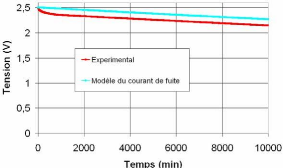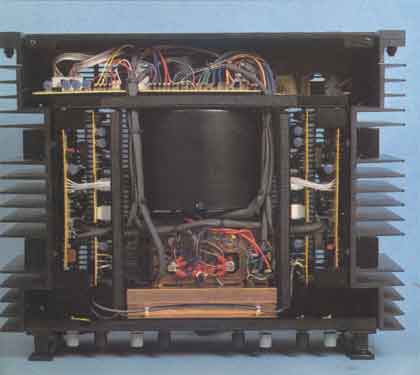Soon the end of the batteries: charge your electric vehicle with economical graphene ultracapacitors with a lifespan of 50 years, it will soon be possible at low cost!
Richard B. Kaner, and his team:

UCLA professor of chemistry &
materials science and engineering
... have developed a new graphene ultracapacitor
... the "ultracapacitor LSG (Laser Scribed Graphene)»
... inexpensive, with performances unknown to date.
Graphene: "Two-dimensional carbon crystal formed of hexagonal cells".
Harder than diamond, and 200x more resistant than steel to stretching, it seems.
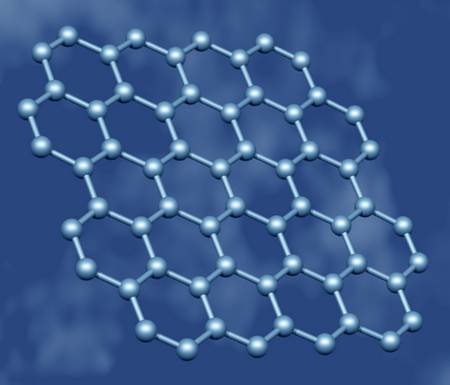
Atomic architecture of this single single layer nano material
(unlike multi-layers of activated carbon supercondos).
Single layer, very flexible and robust, and with no possibility of loss of the electrolyte:

We said graphene difficult and expensive to produce! This professor of chemistry and materials engineering science at UCLA, and his team, have just demonstrated the opposite, and discovered the grail with a very simple method.
They use DVD burners to activate / produce graphene! And they have achieved, as expected, exceptional performance, so much so that they can replace Li-on batteries advantageously.

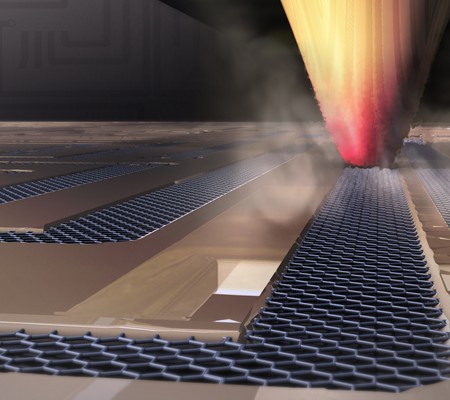
Video:
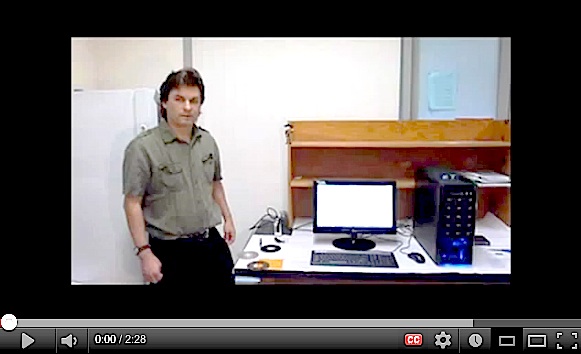
Indeed, the performance of these new ultracapacitors already exceeds that of the most efficient Li-on batteries! (100 to 1 times more powerful and 000 to 3 times more dense).
Ultracondos at 600 Wh / kg, VS 200 Wh / kg for the top Li-on
It's a real technological breakthrough when the supercondos were located
in terms of performance approximately between the capacitors and the Li-on batteries:

Source: http://pl.legoff.free.fr/docs/chimie/scapfram.htm
These new ultracapacitors are in the process of replacing the Li-on now:
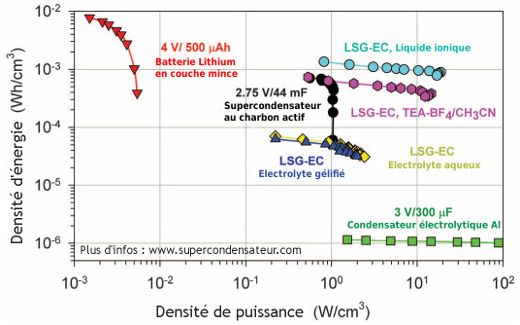
This finally opens the way for electric vehicles fitted with ultra-reliable graphene ultracapacitors in place of very expensive and relatively restrictive and problematic batteries.
No more performance degradation over time and possibly premature battery wear in case of prolonged non-use of a vehicle or in dillétante.
Electric vehicles will thus, in the near future we hope (in any case with this technology, it has finally become possible) compete directly with naturally aspirated vehicles, without any compromise! And this for a fraction of the cost of transport. Probably: 1 € for 100 km ...
Performance / characteristics of these graphene "ultracapacitors 2.0"
- Electrode surface: 1'520 m2 / gr ... !!! (intrinsic surface of a layer: 2 m630 / gr.);
-> 5 times the surface of the best current supercondos for the same weight, and that changes everything;
- Capacity: 246 Farads per gram;
- Operating voltage: 4 volt;
- Energy density: (distance that the vhc can travel.) 600 watt-hours per kilogram (2,2 lb),
-> approximately 3 to 4 times better than lithium-ion batteries, therefore to be placed in the same category;
- Power density: ultra-high energy density (vehicle speed) never seen with Li-on, exceptional;
- Stability: excellent during charge / discharge cycles of this ultracapacitor.
- Charging capacity: excellent (minimal diffusion of electrolyte ions)
- Comparative energy density: 1,36 milliwatt-hours per cm3, or about twice the energy density of current activated carbon supercapacitors and a density comparable to a high-power thin-film lithium-ion battery;
- Quantity of storable energy: similar or superior to Li-on batteries in less space and with less weight;
- Charge / discharge speed: 100 to 1000x faster than the Li-on (no longer than refueling!);
- Discharge speed: 20 watts per cm3 (1000 times faster than 500 mAh thin-film lithium-ion batteries);
- Comparative discharge speed: 20x faster than activated carbon supercondos (lightning accelerations);
- Weight: 5 times lighter than those with activated carbon for the same power! Or...
- Dimensions: 5 times smaller;
- Conductivity: > 1700 S / m (compared to activated carbon which peaks between 10 and 100 S / m);
- Operating temperature: low (thanks to a conductivity almost 20x higher!);
- substrate: thin plastic film / gel (flexible PET) therefore robust and even foldable;
- Production: inexpensive technology, very easy to reproduce, using a simple DVD burner. No need for binders or collectors, so monolayer. Very easy for mass production on an industrial level with a very low cost price;
- Durability: exceptional, no more electrolyte leakage (a slight loss of 1% of capacity was observed after 1000 cycles.) the admissible recharge / discharge cycles will certainly exceed the life of the vehicle ...;
-> number of cycles: given to 10 cycles, almost without loss of performance, which represents 000 years of use at the rate of 50 days per year with a maximum loss of 200% of capacity in the end!
While on average conventional batteries stand at around 1 to 000 charge / discharge cycles or ... 1 to ten years at most ... And loss of much of the original capacity to 500 % in comparison ...!
- Cost: de facto not too expensive to produce, because very simplified architecture and no need for a cylindrical type construction.
Almost limitless development potential:
- more efficient computers because they are faster and smaller;
- other devices using electronics;
- probable new revolution in imaging (photo, video, 3D etc)
- practically transparent and as good conductor as copper;
- ideal for touch screens;
- light panels, giant screens;
- design of solar cells with unprecedented performance / yield;
- new graphene composite materials (aviation, all vehicles)
What excites many R&D people around the world! Plasmanu's work on Tesla's theories, will soon be able to resume
sources:
http://newsroom.ucla.edu/portal/ucla/uc ... 30478.aspx
http://www.greenoptimistic.com/2012/03/ ... capacitor/
http://www.supercondensateur.com/articl ... raveur-dvd
http://www.futura-sciences.com/fr/defin ... hene_4713/


